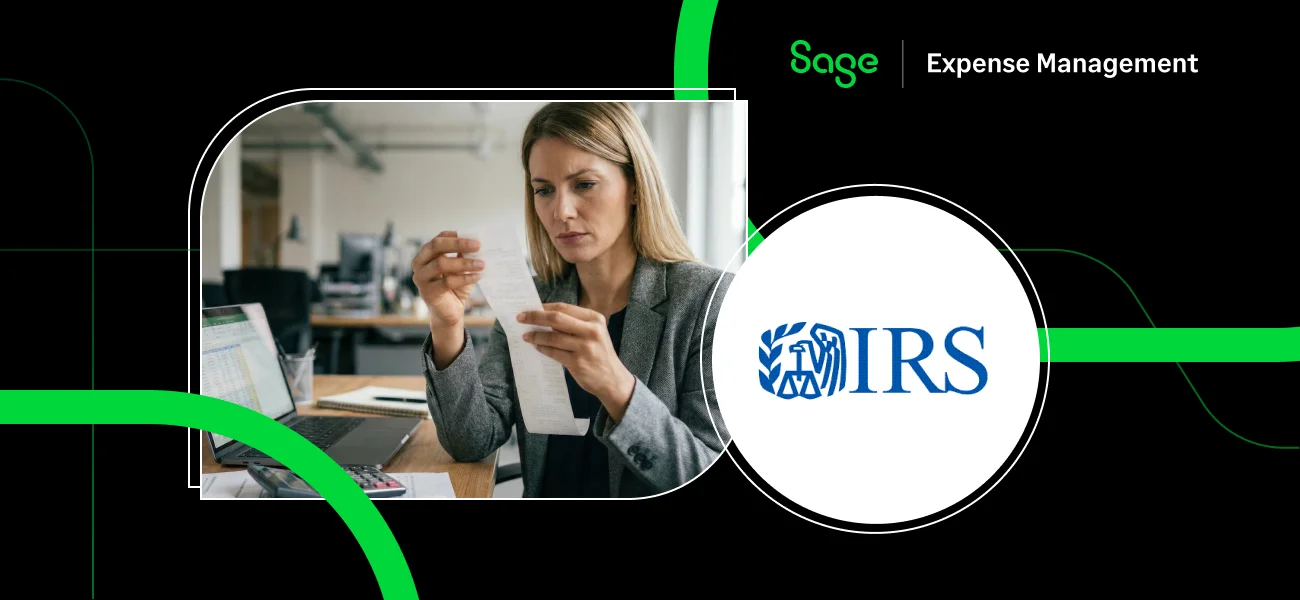While corporate credit cards offer convenience and efficiency for businesses, managing them effectively can be a daunting task. Without proper oversight, corporate cards can lead to uncontrolled spending, fraudulent activities, and administrative headaches.
To help you out, we’ve crafted this guide to delve into the nitty gritty of efficient corporate credit card management, explore some best practices, and provide you with insights on how to choose the right card issuer.
By the end of this guide, you’ll have a better idea of how you can optimize your company’s spending, enhance financial control, and regain some of that lost sanity.
What is Corporate Credit Card Management?
Corporate credit card management is the systematic process of managing and controlling the use of company-issued credit cards. It involves setting clear spending policies, monitoring card usage, reconciling statements, and ensuring compliance with financial regulations.
Effective management is crucial for maintaining financial health, optimizing cash flow, and preventing fraud.
Why is Corporate Credit Card Management Important?
Corporate credit card management is essential for several reasons:
- Cost control: By implementing spending limits and tracking card expenses, businesses can prevent overspending and identify areas for cost reduction.
- Improved cash flow: Timely payments and accurate expense reporting can optimize cash flow and avoid late fees.
- Fraud prevention: Regular monitoring of card activity can help detect fraudulent charges and protect the company’s finances.
- Enhanced efficiency: Streamlines expense management processes can save time and resources for employees and finance teams.
- Data-driven decision-making: Analyzing spending patterns can provide valuable insights for budgeting and strategic planning.
Also read:
10 Ways to Master Corporate Credit Card Management
Establish Clear Spending Policies

Define what expenses are eligible for corporate cards, set spending limits, and outline approval processes.
Choose the Right Card Issuer
Select a card issuer that aligns with your business needs, offers robust security features, and provides excellent customer support. Bank-issued cards often excel in these areas due to their established infrastructure and regulatory compliance.
Implement a Corporate Credit Card Expense Management Software

Utilize a credit card expense management software to automate expense tracking, track company card spending, and generate detailed reports.
Regularly Review and Update Policies
As your business evolves, revisit spending policies to ensure they remain relevant and effective.
Provide Comprehensive Employee Training
Educate employees about card usage, expense reporting procedures, and fraud prevention.
Set Up Spending Alerts
Monitor card activity in real time and receive notifications for unusual or suspicious transactions.
Reconcile Statements Promptly
Review and reconcile credit card statements to identify errors, unauthorized charges, and potential discrepancies.
Conduct Regular Audits
Perform regular audits to assess card usage, and compliance with policies, and identify areas for improvement.
Leverage Rewards and Benefits
Maximize the value of your corporate card program by taking advantage of rewards and perks offered by the card issuer.
Foster a Culture of Accountability
Emphasize the importance of responsible card usage and encourage employees to report any issues promptly.
How to Manage Multiple Company Credit Cards?
While managing multiple corporate cards can be complex, here’s one of the easiest things you can do:
Centralize Corporate Credit Card Expense Management

With Sage Expense Management you can have all your corporate card transactions in one dashboard. Here’s how:
- Connect Sage Expense Management with your existing corporate credit cards from Visa and Mastercard.
- Employees get real-time notifications of card spending via text message while your dashboard is also updated simultaneously.
- Employees text their receipts, and Sage Expense Management automatically matches them to their corresponding transactions.
- You eliminate the hassle of managing end-of-month bank statements and manual reconciliations while having your receipts delivered to you!

Bank-issued vs. Fintech-Based Corporate Credit Cards
While fintech companies have disrupted the financial industry, bank-issued corporate credit cards still offer several advantages:
- Established trust and reliability: Banks have a long history of providing financial services and are subject to stringent regulations, ensuring customer protection.
- Comprehensive support: Bank branches and dedicated customer support teams provide in-person assistance and problem-solving.
- Higher credit limits: Banks often offer higher credit limits based on established business relationships.
- Robust security measures: Banks invest heavily in fraud prevention technologies and data protection.
- Seamless integration: Bank-issued corporate cards often integrate smoothly with expense management tools, giving you the same visibility into spending that fintech cards do, without changing your cards.
FAQs Around Corporate Credit Card Management
How Do I Prevent Unauthorized Charges on a Corporate Credit Card?
Implementing robust security measures is crucial. This includes setting strong passwords, utilizing cardholder verification (CVV) codes, and enabling fraud alerts.
Regularly monitoring card activity and reporting suspicious transactions promptly can also help prevent unauthorized charges.
What Should I Do If I Find an Unauthorized Charge on my Corporate Credit Card?
Contact your card issuer immediately to dispute the charge. Gather all necessary documentation, such as receipts and transaction details. Work closely with your company's finance department to resolve the issue promptly.
How Can I Choose the Right Corporate Credit Card for My Business?
Consider factors such as annual fees, rewards programs, interest rates, and customer support when selecting a corporate credit card. Evaluate the card's alignment with your business's spending habits and industry-specific needs. Bank-issued cards often offer a wider range of features and benefits tailored to businesses of all sizes.
How Often Should I Reconcile Corporate Credit Card Statements?
Ideally, corporate credit card statements should be reconciled monthly to ensure accuracy and identify any discrepancies. However, for businesses with high transaction volumes, more frequent reconciliation may be necessary.
But with tools like Sage Expense Management, credit card transactions are automatically reconciled as soon as employee submit their receipts via text!
What are Some Common Corporate Credit Card Fraud Red Flags?
Common red flags include unauthorized charges, unusual purchase amounts, transactions in unfamiliar locations, and discrepancies between receipts and card statements. Be vigilant and report any suspicious activity immediately.
In Conclusion
As your business grows, the number of company-owned cards is likely to increase as well.
Using an expense management software can simplify corporate credit card management with features like real-time transaction feeds, text-message receipt submission, real-time spend visibility, and policy compliance.
Schedule a demo today to see how Sage Expense Management can simplify corporate credit card management!




.webp)
















